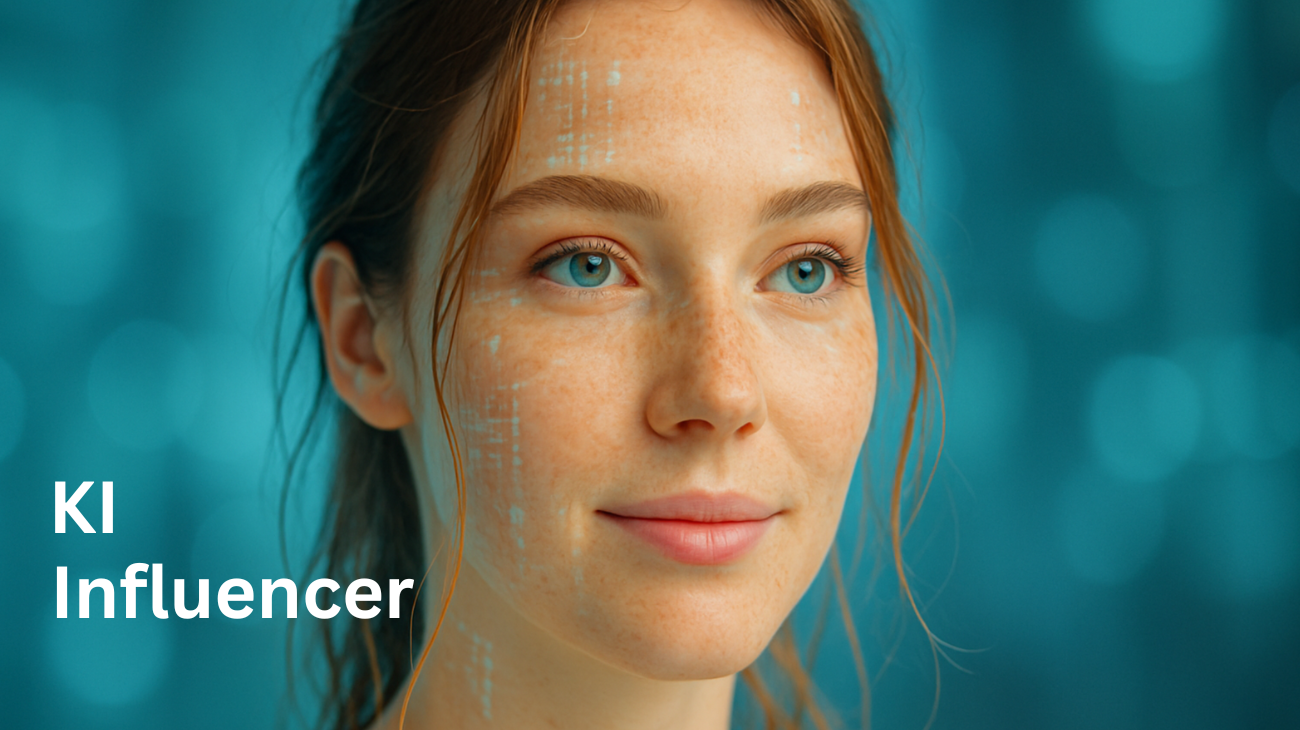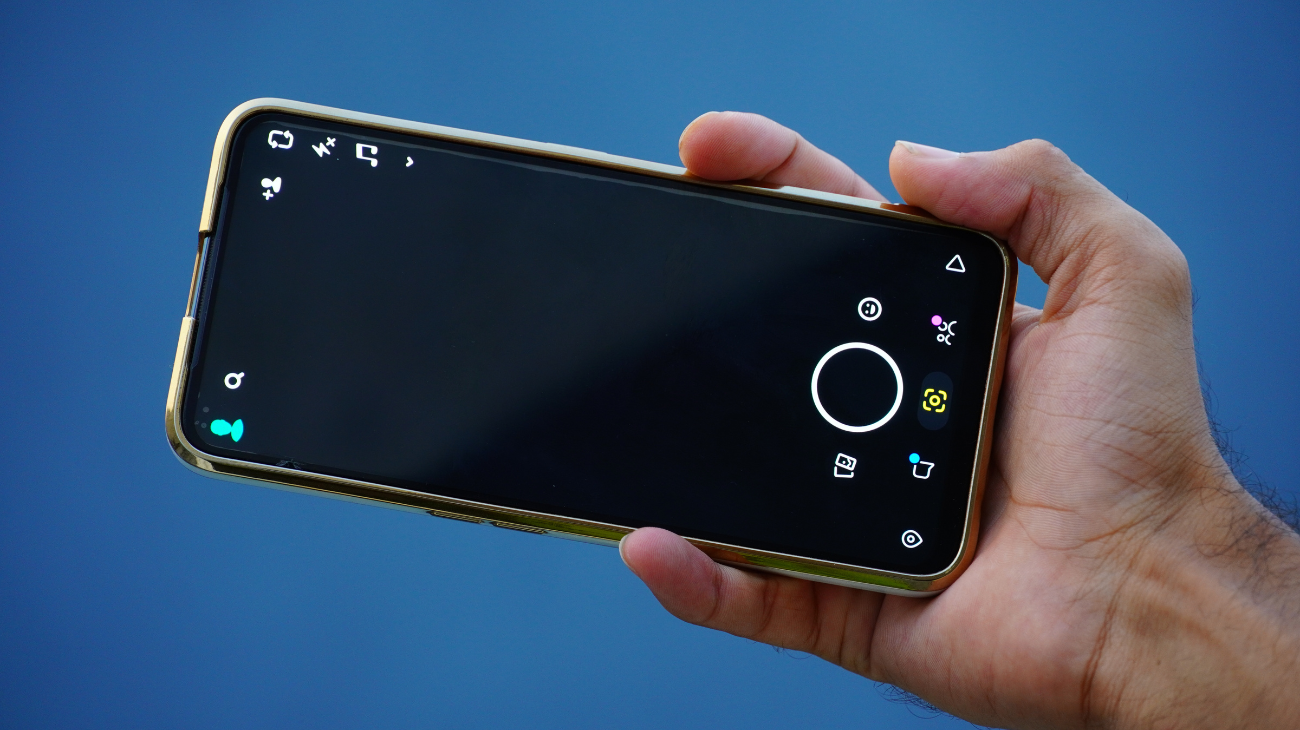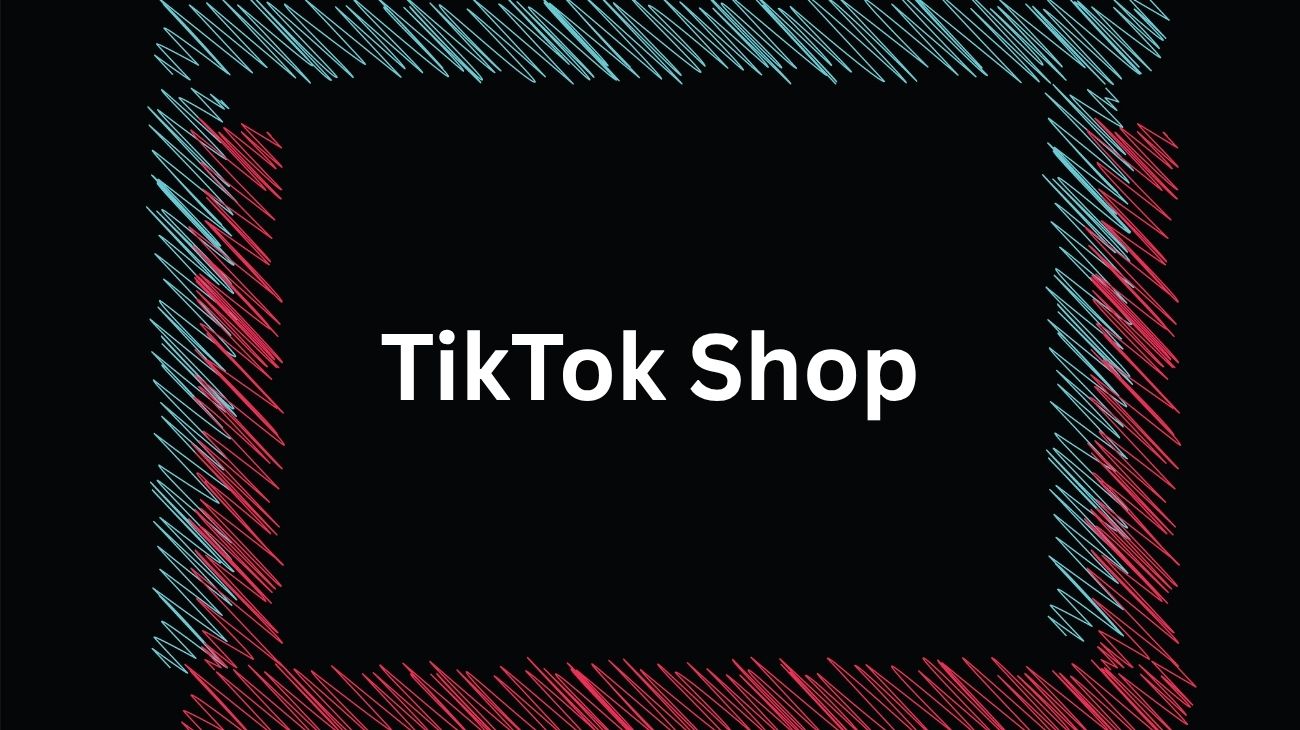Will AI influencers revolutionise influencer marketing?

Know the key opportunities and strategies
Influencer marketing without a real person? Sounds crazy – but it works.
AI influencers are taking over social media. They look deceptively real, wear fashion collections, post from New York, Tokyo or Paris and still exist only as a code. This opens up new opportunities for businesses: manageable collaborations, scalable content and a futuristic brand image. But who really benefits? And can these digital personalities really be integrated into effective campaigns? Find out how to use virtual influencers strategically in marketing and why it can pay off now.
What exactly are AI influencers?
When you think of influencers, you probably think of real people testing products, showing off outfits or travelling live. But AI influencers are different. These influencers are digital personalities that are completely computer-generated. They often look deceptively real, post on Instagram or TikTok, interact with their community and get booked by brands just like their human counterparts.
What surprises many
There are no real people behind these accounts, but agencies, creative studios or brands themselves. The avatar is designed on a computer and its content is planned and produced like a film project. Voice, gestures, facial expressions, everything is scripted. This is what makes them so interesting for companies, as they have complete control with maximum creative freedom.
The best-known AI influencers
Virtual influencers are no longer a niche phenomenon. Some of them have built up communities of millions of followers and are shaping the social media landscape just as much as real stars. You may have already come across them without realising it.
Lu do Magalu (@maglu)
Lu do Magalu is considered the most followed AI influencer in the world. She was originally developed in 2003 as a digital assistant for the Brazilian e-commerce platform Magazine Luiza.
What began as a virtual customer advisor developed into one of the most influential virtual personalities over the years: Today, Lu inspires more than 7.7 million followers on Instagram. In 2024, Lu generated revenue of up to USD 10 million through collaborations with over 40 brands, reaching 39 million people.
Her content ranges from unboxing videos and product recommendations to software and everyday tips. Particularly impressive: Lu is not only a successful marketing tool, but has also developed into a real cultural icon in Brazil. She is highly recognisable and has a high emotional value for her community.
Lil Miquela (@lilmiquela)
Miquela Sousa, better known as Lil Miquela, is one of the most famous AI stars in the world. She was created in 2016 by Trevor McFedries and Sara DeCou.
With around 2.4 million followers on Instagram, Miquela is a permanent fixture in the fashion and lifestyle sector. Her earnings are estimated at up to 10 million US dollars a year, with her earning around 10,000 US dollars per sponsored Instagram post.
She was named one of the ‘25 Most Influential People on the Internet’ by Time Magazine and has also launched a music career with songs such as ‘Not Mine’ and ‘Money’.
Lil Miquela is omnipresent in the fashion world. She has already realised campaigns for major brands such as Prada, Calvin Klein and Samsung, constantly redefining the boundaries between reality and virtuality.
Imma (@imma.gram)
The Japanese virtual influencer Imma inspires with her iconic pink bob and a minimalist, modern look. She was developed by the company ModellingCafe. Her style pays homage to Japanese pop culture and digital aesthetics.
Imma works with international brands such as IKEA, Porsche and Dior and shares inspiring content from the fields of fashion, art and film culture on her channels.
With her creative, sometimes surreal content, she appeals to a diverse community and shows that AI influencers can do more than just present fashion. Her estimated earnings are over 600,000 US dollars a year, and she can earn up to 3,800 pounds per sponsored post.
Virtual, but not anonymous
AI influencers are not just generated images. There is often a whole story behind the figure, a character, a lifestyle, a set of values. This makes them seem like real personalities and they are sometimes just as popular as their human creator colleagues. Some post about sustainability, fashion, diversity or technology. Just like a real person would do. The aim is to build a strong brand identity that suits the target group and can build trust in the long term.
Which companies can benefit from AI?
These influencers have long been more than just viral hype, they are becoming a real marketing tool. But is their use really worthwhile for every company? For a collaboration with a digital personality to really pay off, certain requirements need to be met, especially in terms of target group, brand image and communication strategy.
A company with a strong visual brand world
Brands that focus heavily on design, aesthetics and lifestyle benefit particularly from AI influencers. Fashion, beauty and interior brands can use photorealistic avatars to create a modern, stylish brand image, often with a futuristic twist.
For example: a skincare brand that combines sustainability with tech could use an influencer with flawless skin and a clean look to convey the product image perfectly and even visually consistently, without any shooting logistics.
Digital-first brands & e-commerce companies
If your brand is mainly digital anyway, for example via social media, D2C shop or apps, then the integration of AI influencers is particularly obvious. They speak the same language as your channels: efficient, data-based, scalable.
Example: An online fashion shop can use an AI avatar to stage new collections, present new products and implement campaigns, all without shooting days, travel costs or influencer briefings.
Brands with an innovative approach
Do you want to position yourself as a first mover, trendsetter or technology leader? Then virtual influencers can send a strong signal. They convey future, courage and curiosity, values that are particularly popular with Gen Z and Alpha.
For example: A start-up in the wearables or smart tech sector can use a virtual personality to explain new products as a futuristic testimonial figure, in a very modern, credible and completely controlled way..
Company with an international target group
Do you want to appeal to a global community with a consistent face, a clear tone of voice and the same look every time? Then an AI influencer is a dream for your brand management. No language barriers, no regional variations and 100% controllable.
Example: An airline or hotel chain can develop a multilingual avatar that introduces destinations, gives tips or explains promotions, ideally in ten languages plus localised content in a matter of seconds.
Tech & gaming brands
In the gaming and tech scene, virtuality has long been part of everyday life. AI avatars do not seem alien here, but absolutely organic. Whether as virtual streamers, event hosts or playable characters, they are a perfect fit for a tech-savvy target group.
Travel & lifestyle brands
Virtual influencers posting from Bali, Iceland or New York? No problem, they are also much cheaper because you don’t need any real filming on location. Especially when it comes to emotionally charged, inspiring images (dream beaches, city trips), AIs shine regardless of the weather and are perfectly staged.
Plus point:
No CO₂ pollution from flights, a strong signal in favour of sustainability.
Luxury goods & high-end brands
Luxury thrives on perfection and exclusivity and this is exactly what AI influencers deliver. Brands can create avatars that embody the ideal image of their target group: flawless, visionary and always true to the brand.
Example:
Virtual models who present jewellery, watches or high fashion. There are no budget limits for this production.
Advantages for companies compared to traditional influencers
Advantages for companies compared to traditional influencersWhy are more and more brands consciously opting for virtual influencers, even though there are countless real influencers? It’s simple: AI avatars offer a number of tangible benefits that are particularly attractive from a corporate perspective.
1. Full control over content & message
Such an influencer posts exactly what you want without deviations or spontaneous changes of opinion, even unexpected ‘slips’ do not happen. Brand messages can be planned precisely, down to the last detail. And without the risk of your testimonial suddenly sharing political statements or being involved in a scandal.
You get: 100 % control, 0 % drama.
2. Always available: no deadlines, no sick days
Your virtual star needs neither sleep nor coffee. Whether at 3 a.m. or on Sundays for the launch: AI influencers are always ready for action. You can publish content exactly according to your schedule, regardless of your diary, jet lag or daily form.
This is a huge advantage, especially for international campaigns.
3. Cost-efficient in the long term
Yes, creating such an influencer can seem expensive at first, especially if you are building your own avatar with character, look and voice. But remember, there is no daily rate, no travelling expenses, no recurring fees. And you can use and develop the same character for years. A scalable investment.
4. Customised for your target group
Do you want a model with diverse features? Or a stylish gaming testimonial? Or a queer avatar persona with attitude? No problem. AI characters can be designed to fit your brand and community exactly, without casting, without compromise.
5. Innovation and brand image
Using them automatically sends a clear message. Your brand thinks modern, is bold and has its finger on the pulse of the times. This is a real plus point, especially for target groups such as Gen Z and Alpha, who celebrate digital aesthetics.
When real influencers are the better choice
As impressive as the possibilities of AI influencers are, there are areas in which real people remain unbeatable. Especially when it comes to real emotions, personal stories and spontaneous interaction, virtual avatars cannot yet keep up.
Personalised brand messages and storytelling
Products or campaigns that are based on real experience, authenticity or personal life stories are much more credible with human influencers.
For Example: A charity campaign, a story about personal transformation or a campaign about mental health unfolds a completely different emotional power with real faces.
Community building and interaction
If you want to build a real community around your brand, with dialogue, personal responses, emotional comments, then human influencers are almost indispensable.
AI avatars can deliver content, but real relationships are created primarily through real personalities.
Events, live streams and spontaneous formats
Live events, spontaneous insta-lives, panel discussions or interviews require genuine reactions and empathy. AI influencers quickly come across as artificial or staged, while human hosts and speakers can react authentically to situations.
Value-driven brand communication
Brands that focus on topics such as sustainability, diversity, social responsibility or ethics need credible voices that not only embody these values, but also live them. A real influencer with genuine passion is often more convincing than a perfectly programmed avatar.
Areas of use in influencer marketing
Of course, there are areas where real personalities remain the better choice. But when AI influencers are used correctly, they can have an incredible impact.
Product placements on social media
Your AI influencer shows off the new it-piece from your collection, wears your perfume or promotes the launch of your gadget. You can precisely define the look, the setting and the message and the result is always on brand.
Particularly strong on platforms such as Instagram, TikTok and Pinterest.
Always-on campaigns & brand ambassador roles
Instead of being booked for individual posts, they can become a permanent part of your brand. They take on ambassador roles, stand up for your values in the long term and communicate regularly with the community.
An AI as a permanent part of your brand presence? This is exactly what luxury brands and innovative start-ups are currently doing.
Virtual events & digital showrooms
Are you organising an online event or a virtual pop-up store? Let your AI personality guide you through the evening, explain products or interact with guests. Using AR technology or digital spaces, your avatar becomes the host of your brand universe.
AI characters already have a huge presence in the gaming and tech sector in particular, not only as characters and streamers, but above all as ‘digital brand heroes’. Gamification campaigns in which followers make decisions or help shape virtual storylines are also conceivable here.
Personalised content with AI support
The future? Influencers who adapt content dynamically, such as different language, different outfits, different time of day, depending on who is watching. The first pilot projects in the direction of hyper-personalisation are already underway.
Integrated into e-commerce & shop experiences
Imagine a virtual host ‘advising’ customers in the webshop, showing them products in use or guiding them through the checkout process – all automated, charming and true to the brand.
This is not a dream of the future, it is already a reality in e-commerce development.
KI influencer – Big chances in marketing?
AI influencers are more than just a digital trend. They are a tool and, as with any tool, it depends on how you use it. For many companies, they offer exciting opportunities: more control, creative freedom, international scalability and a modern image. Brands that are digitally strong and want to communicate with Gen Z in particular should now consider whether and how a virtual influencer can be meaningfully integrated into their marketing strategy.
However, as with any innovation, the use must fit the brand, the message and the target group. Not every company needs a virtual brand figure, but those that take the plunge now can give themselves a real head start.
In the end, what counts is not whether your influencer is flesh and blood, but whether they tell your story in a way that inspires, touches and stays in your head.










 Sign up
Sign up 